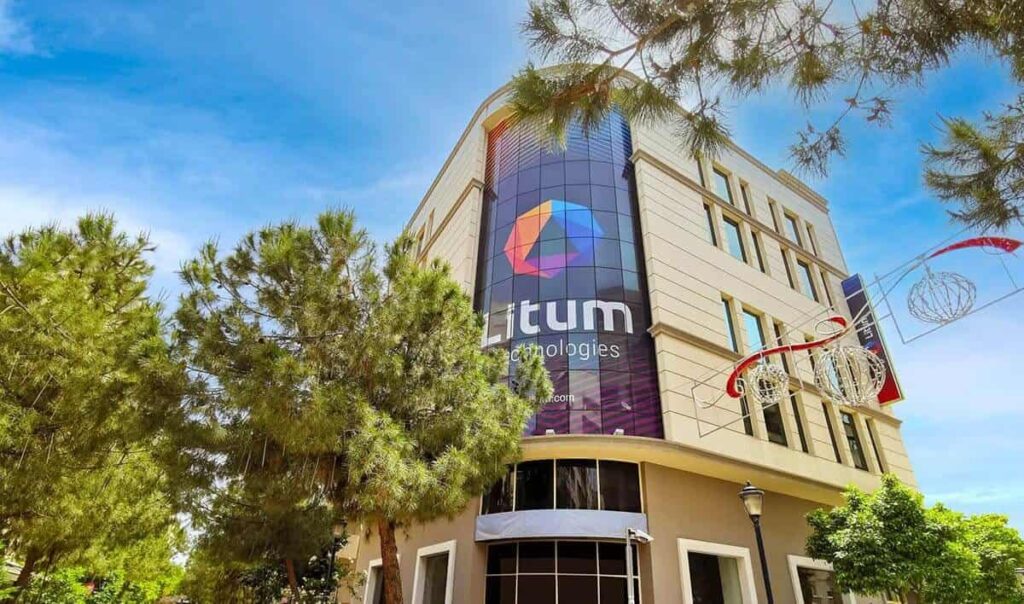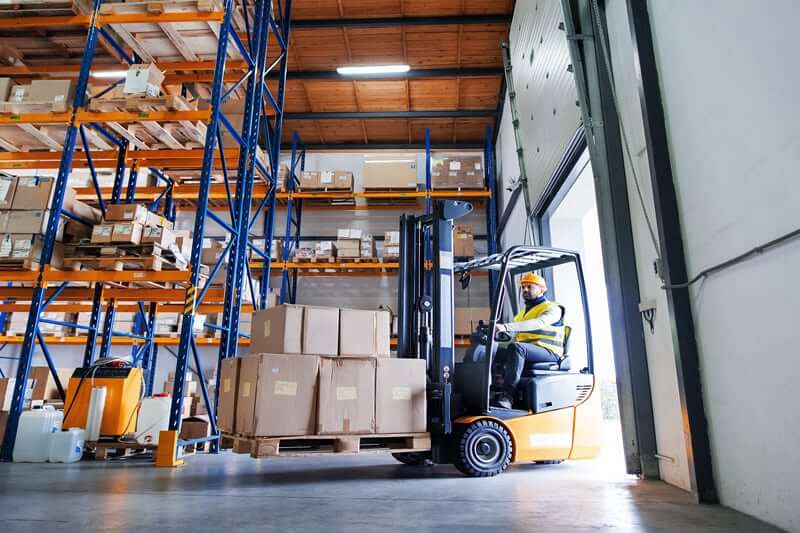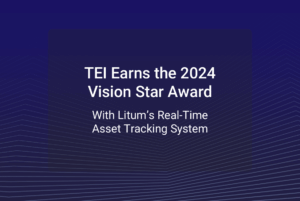Contents
4 Key Benefits of RTLS (And Why You Need One!)
Real-time location systems (RTLS) are a revolution in business. RTLS saves time, money, space, and finally, it helps measure operational efficiency. Let’s take a closer look at these benefits!
What is Real-Time Location System?
RTLS stands for Real-Time Location System. It is a technology that uses signals from Wi-Fi, Bluetooth, and RFID tags to track the location of objects and people in real-time. When an object or person with a tag moves past one of the sensors, the tag’s signal is received and processed. The sensor then calculates the object’s or person’s location and sends this information to a computer for tracking and analysis.
4 Key Benefits of RTLS
These benefits of RTLS show why this technology is crucial for a successful business. In today’s competitive marketplace, it’s essential to use every tool at your disposal for asset management to stay ahead of the competition. RTLS can help you do just that! RTLS can help your business run more efficiently and effectively by improving worker productivity, safety.
Increased Efficiency
A Real-Time Location System can help increase the efficiency of your business by tracking and managing assets more accurately. This is done by equipping objects or people with small tags that emit a signal which is then received and processed by one or more sensors. The sensor(s) then calculates the distance and direction from which the signal was transmitted to identify the exact location of the object or person.
With this data from asset tracking systems at your fingertips, you can make more informed decisions about allocating your resources for optimal performance.
Cost Savings
One of the essential benefits of RTLS is that it helps reduce costs. How? By improving process efficiency and reducing waste. Here are four specific ways RTLS can save you money:
Yard Management
Facility managers use RFID tags to track assets and employees to ensure the right people and equipment are in the right place at the right time. This can lead to significant cost savings by reducing the need for overtime, improving workflow, and preventing asset loss or damage. This is especially important in health facilities and RTLS yard management, where there are many moving parts from doctors to patients.
Supply Chain Management
Supply chain management is all about optimizing the flow of goods and materials through the supply chain. This includes forecasting demand, sourcing materials, producing products, delivering products to customers, and managing inventory. To make sure everything flows as smoothly as possible, you need to have accurate information about what’s happening at every step in the process. RTLS can provide that information.
Manufacturing
Manufacturing companies can use RTLS to optimize production schedules, reduce waste, and improve quality control. Manufacturing industries need to quickly and accurately respond to customer orders. They need to keep track of their inventory and ensure that the correct items are produced.
Healthcare
RTLS can improve patient safety, reduce wait times, and cut costs in the healthcare industry. For example, a hospital can track the location of staff, medical equipment, and patients to make sure everyone is in the right place at the right time. This can help reduce the risk of errors, improve patient care, and ultimately reduce patient bed days.
Increased Productivity
RTLS can help boost productivity by providing accurate and real-time information about the location of employees and assets. This can help to improve coordination and eliminate wasted time. Worker productivity is a crucial measure of organizational efficiency and success. Many factors can impact productivity, including the time it takes workers to find and retrieve items, waste caused by improper handling or damage of products, and the need to stop work for rest breaks.
RTLS can help improve worker productivity in several ways:
- By providing real-time information on what is in stock and where it is located
Workers can spend less time looking for items and more time producing products.
- RTLS can help reduce or eliminate the need for manual handling of products, leading to injuries and product damage.
- RTLS can help reduce or eliminate the need for manual handling of products, leading to injuries and product damage.
Ensures Safety
It’s not just about the benefits for business, though. There are also safety benefits to using a Real-Time Location System.
The safety of workers is a top priority for any organization. Workers can be injured or killed when they are unaware of their surroundings. In some cases, such as in the manufacturing and construction industries, workers must wear safety gear that can impede their vision and hearing. Equipment tracking through RTLS can also reduce the possibility of accidents. RTLS solutions can help improve safety in many ways:
By providing workers with information about their surroundings, RTLS can help them avoid dangerous situations.
- By providing safety alerts and notifications, RTLS can help keep workers informed about potential dangers.
- By indicating when workers are in a hazardous area, RTLS can help reduce the risk of accidents.
- By providing safety alerts and notifications, RTLS can help keep workers informed about potential dangers.
Looking for an RTLS Solution?
If you’re thinking of implementing an RTLS, consider a few things before deciding.
What are your business needs?
An RTLS solution can be tailored to meet the specific needs of your business. Make sure you identify your needs before looking for an RTLS provider.
Each has its strengths and weaknesses. Choosing a provider with the features and functionality best suited for your specific business is essential.
For example, you will need an extensive inventory tracking capabilities provider if you are a manufacturer. If you are a hospital, you will need a provider that offers patient tracking and staff safety alerts.
What type of technology is available?
Not all RTLS providers use the same technology. Some providers use RFID tags, while others use beacon technology. It’s essential to understand the differences between these technologies and track different types of assets.
For example, RFID tags can track large items such as pallets of products, while beacon technology is better suited for monitoring smaller items, such as individual products on a shelf.
It’s also essential to understand the range of each technology behind your asset tracking system of choice. RFID tags can have a read range of up to 300 feet, while beacon technology has a read range of only 30-40 feet.
How much does it cost?
Like any other technology, RTLS systems come with a price tag. It’s essential to understand the cost of implementing RTLS and the ongoing costs associated with using the technology.
Some providers offer pricing models that include a one-time implementation cost and an ongoing subscription fee. Others charge a per-tag or per-location fee.
It’s essential to understand what each provider offers, so you can choose the pricing model that is best suited for your business.
Global RTLS Company Litum: Your RTLS Partner

Real-time indoor tracking is becoming an increasingly important technology for businesses and organizations looking to improve safety and productivity.
Litum RTLS technology offers the best solution for your company, providing optimized inventory with better asset utilization, better management of emergencies and evacuations, and increased safety for people, equipment, and sites.
We offer solutions for many pain points in different industries. Our passion is to help you become more efficient and keep your workers safe and equipment secure. You can be assured that we will be with you throughout the process, from implementation to continuing support.




